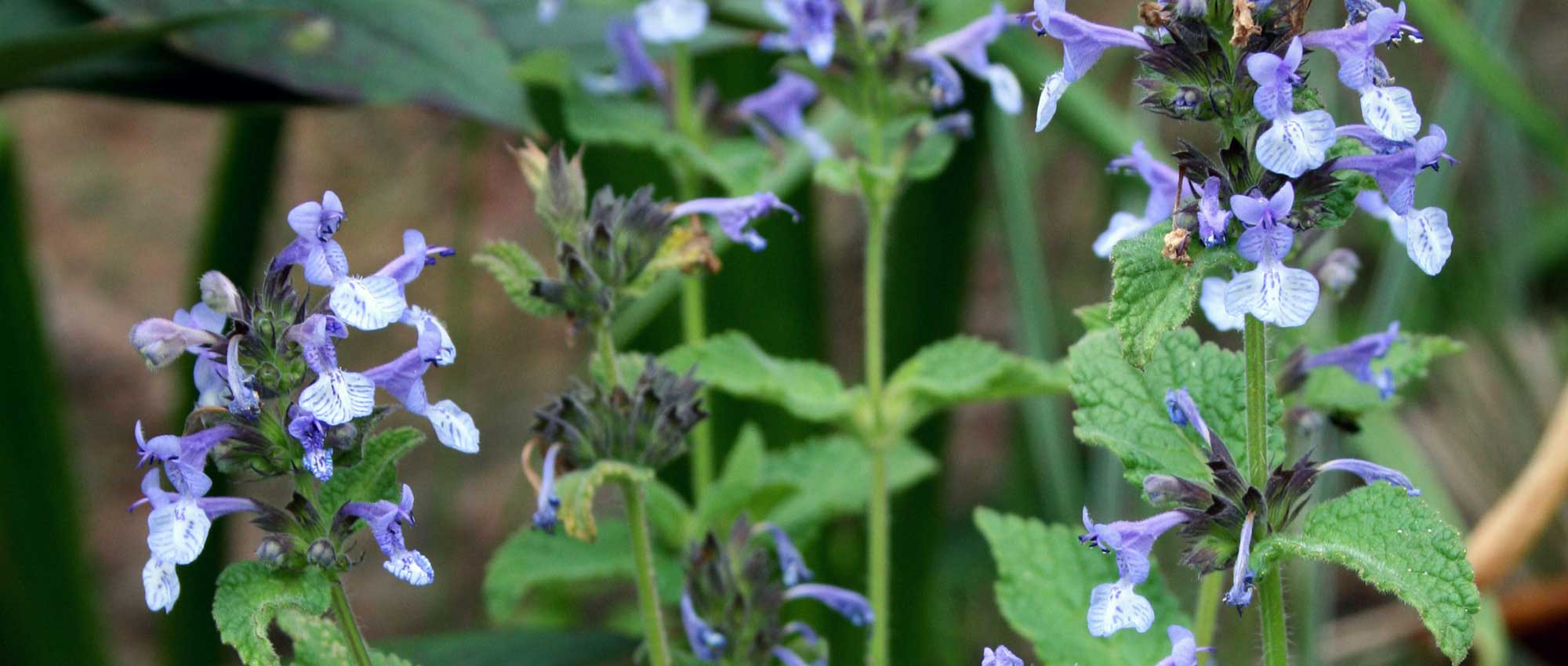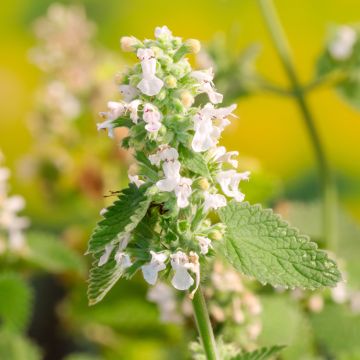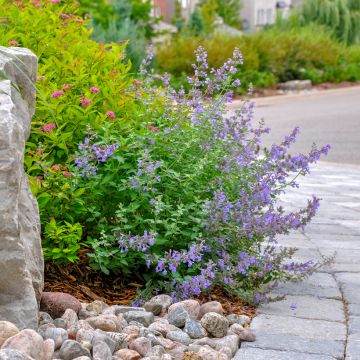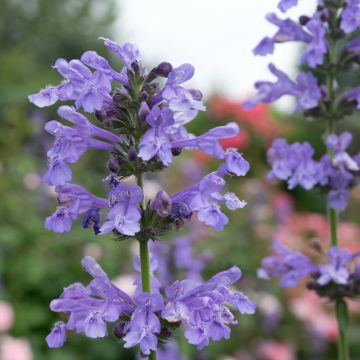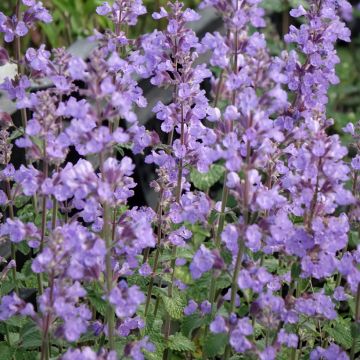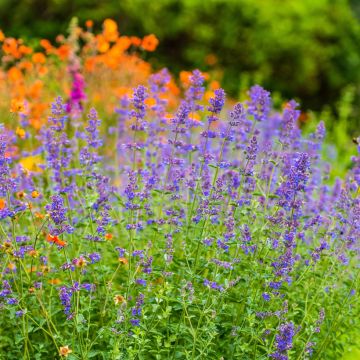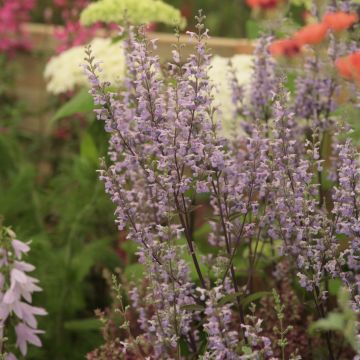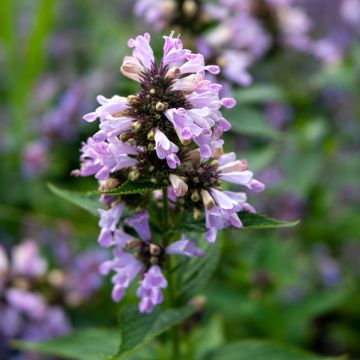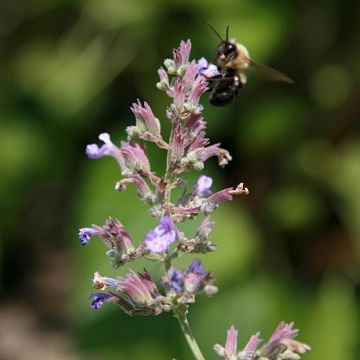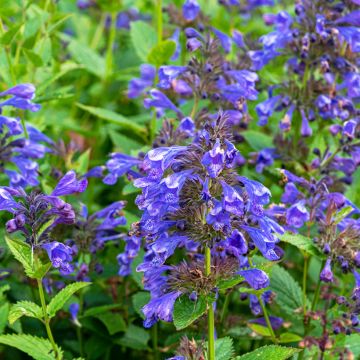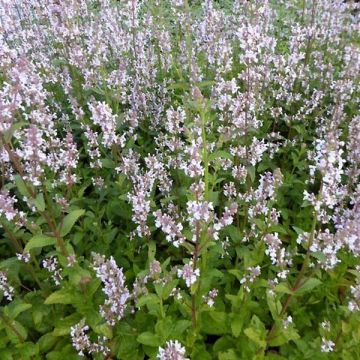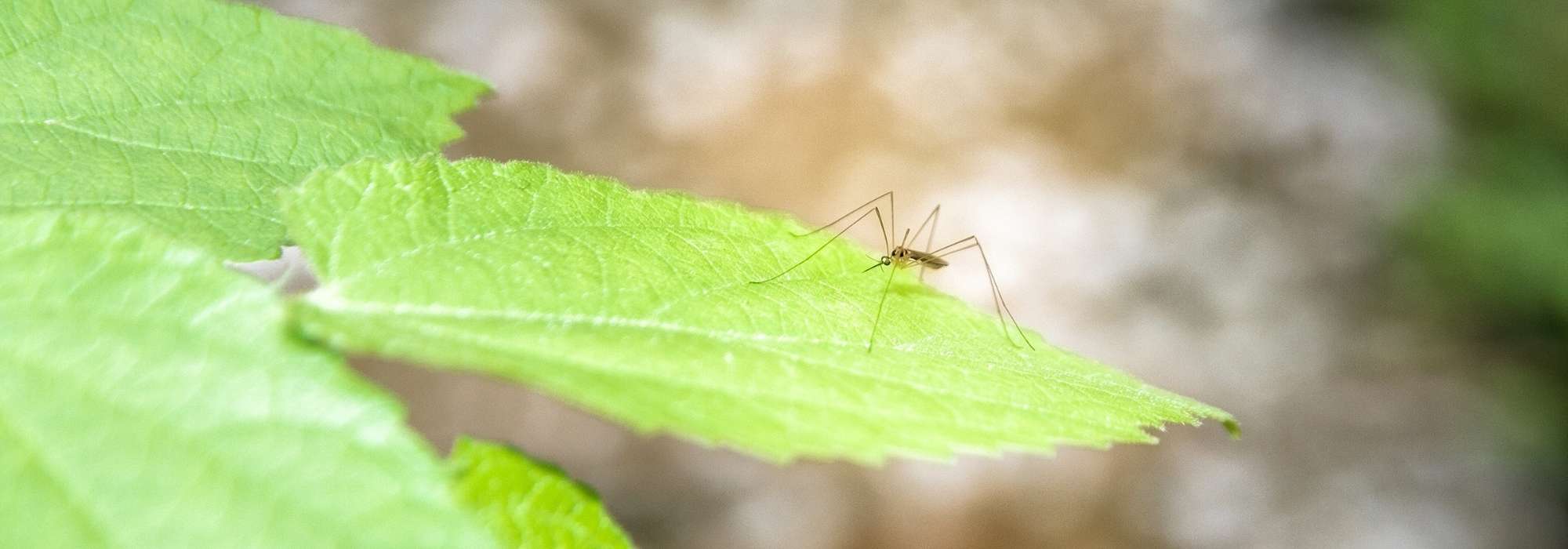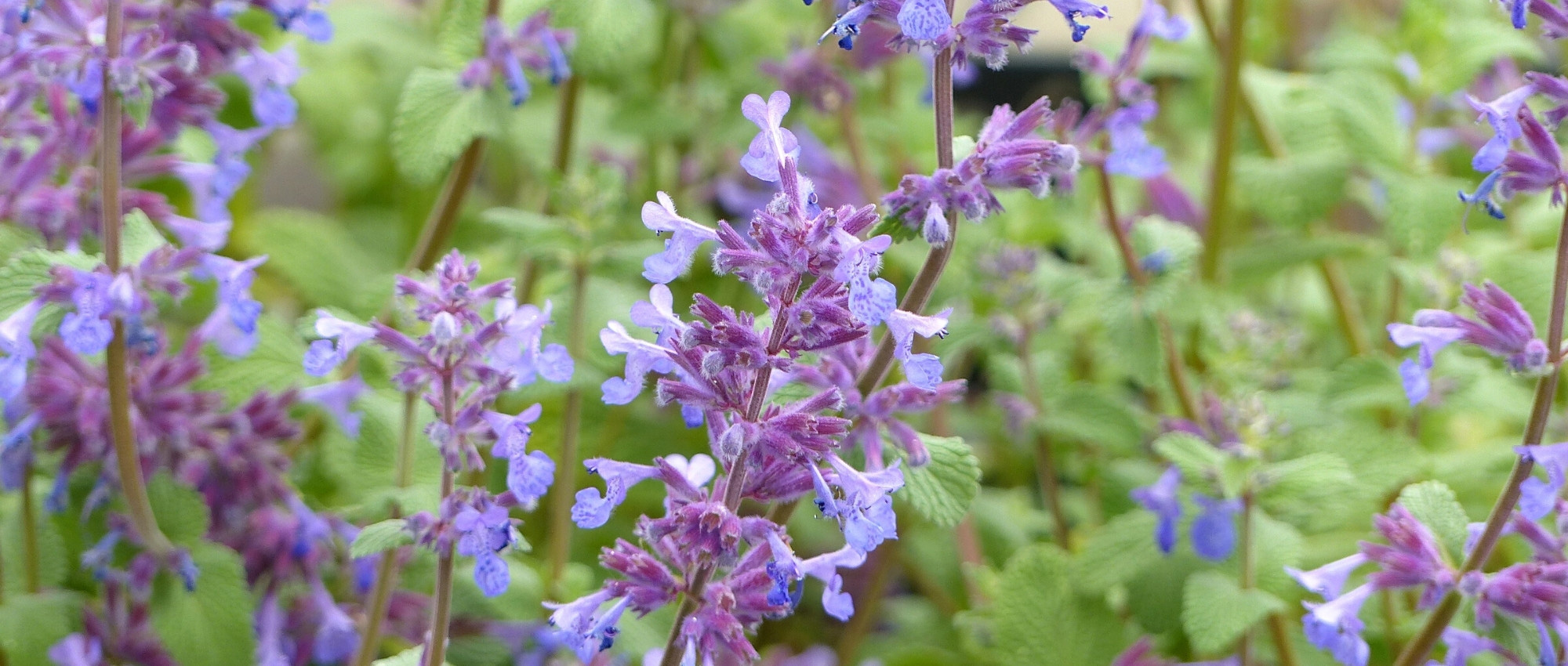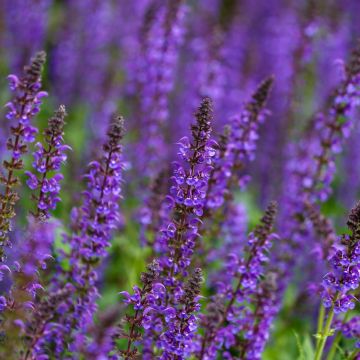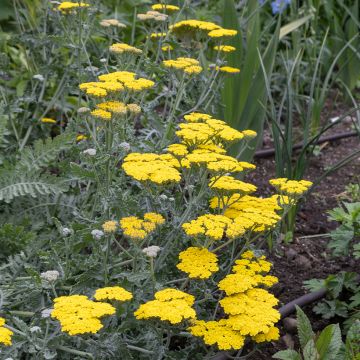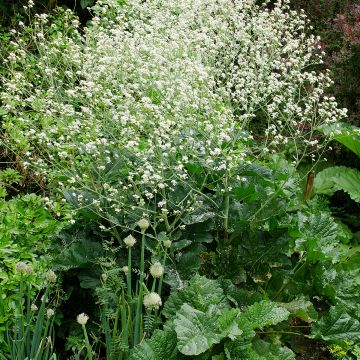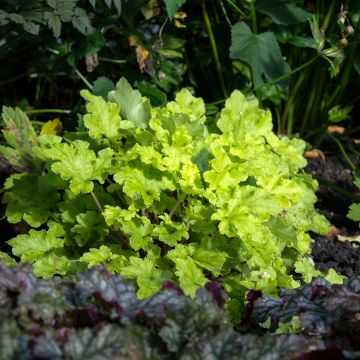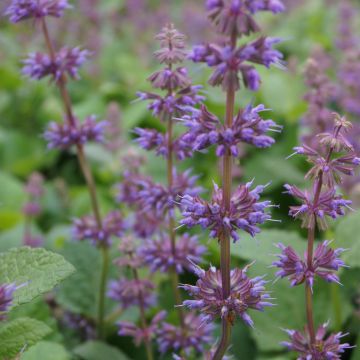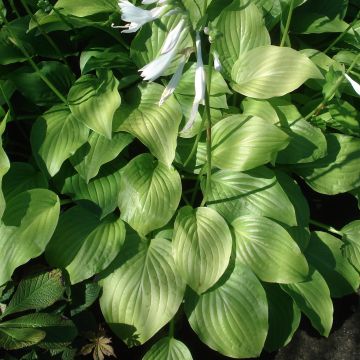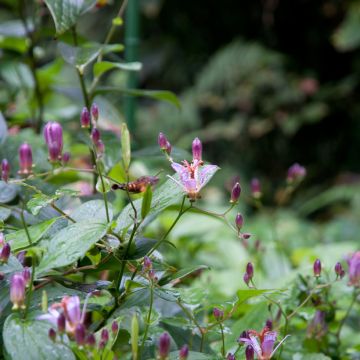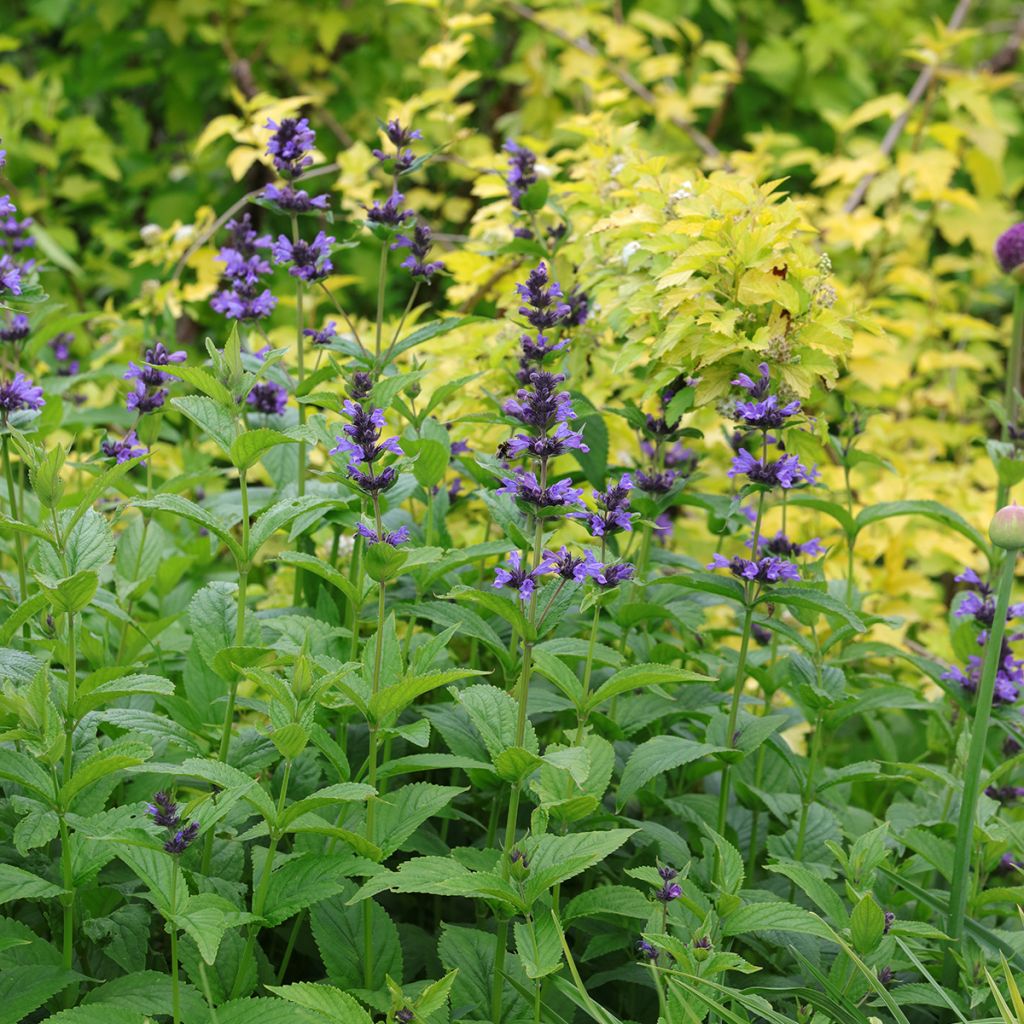

Nepeta kubanica - Catnip
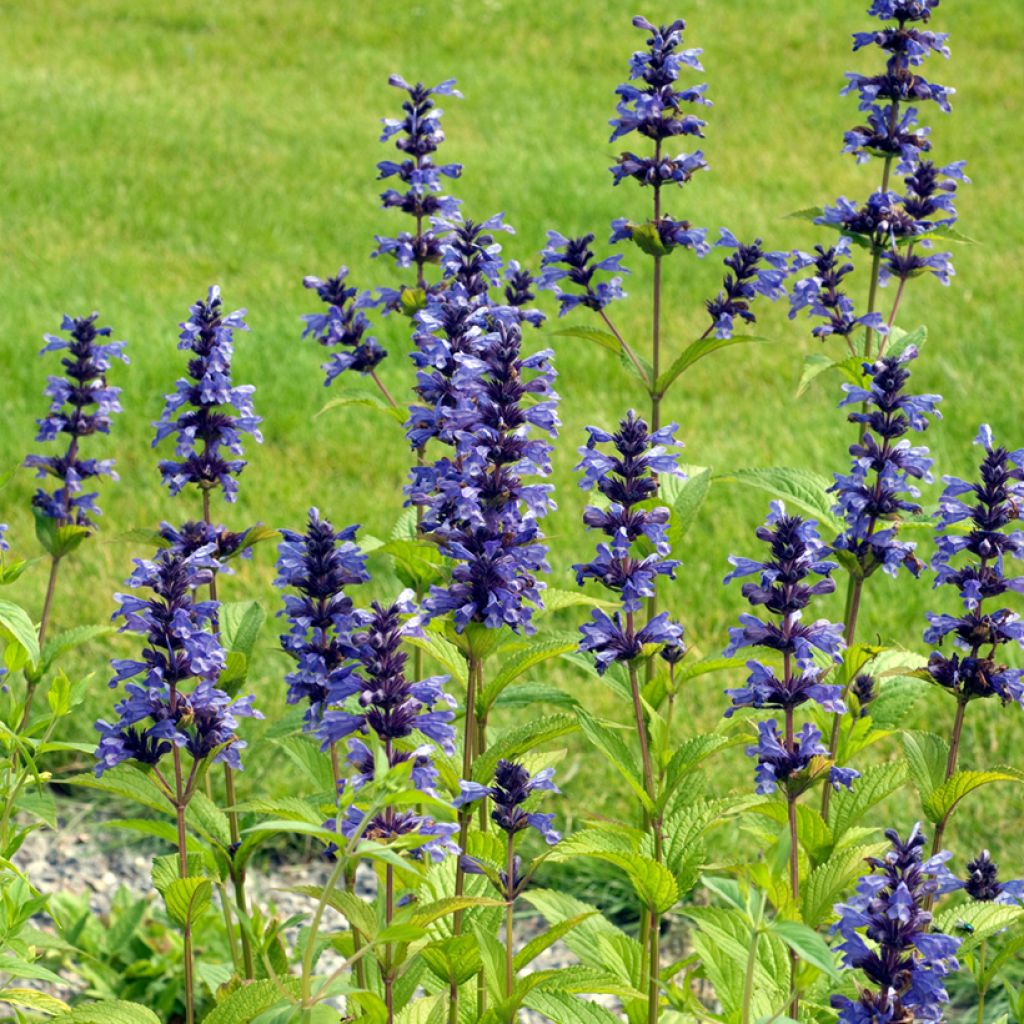

Nepeta kubanica - Catnip
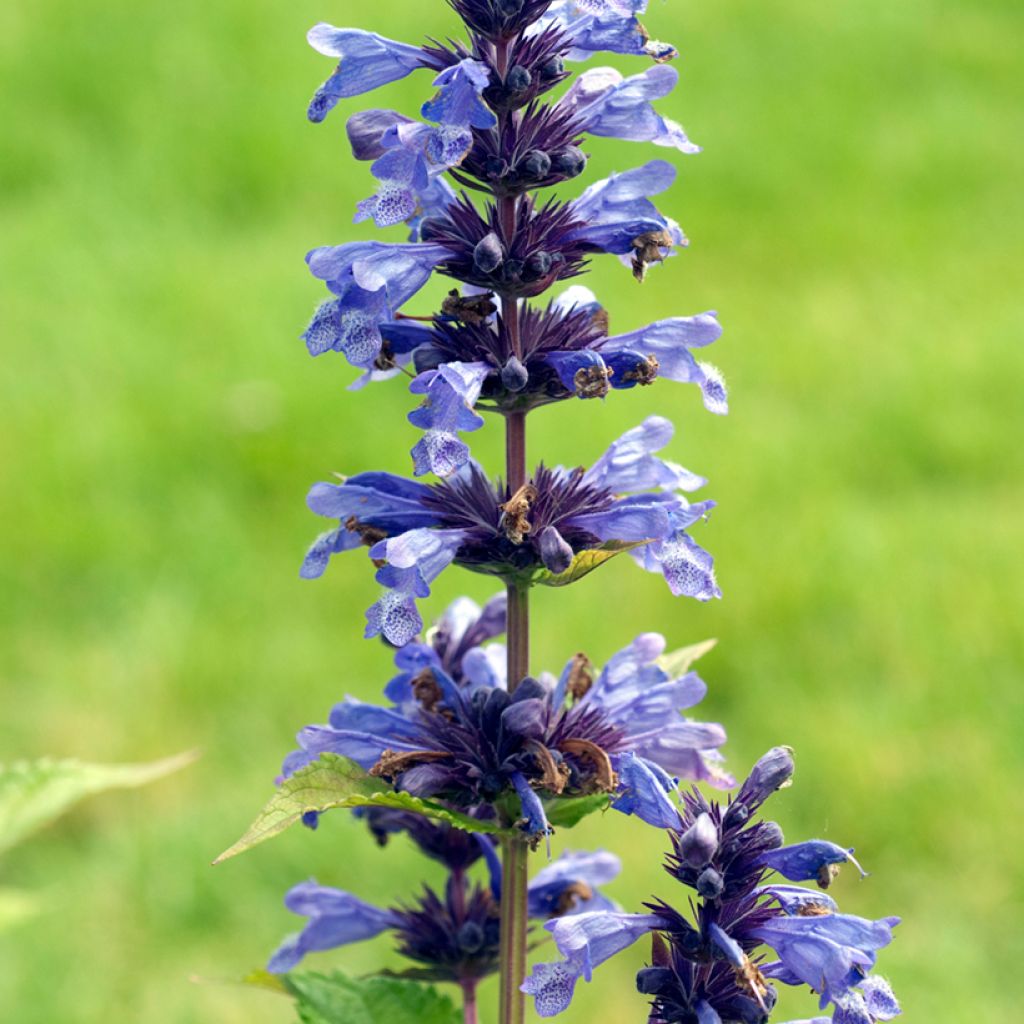

Nepeta kubanica - Catnip
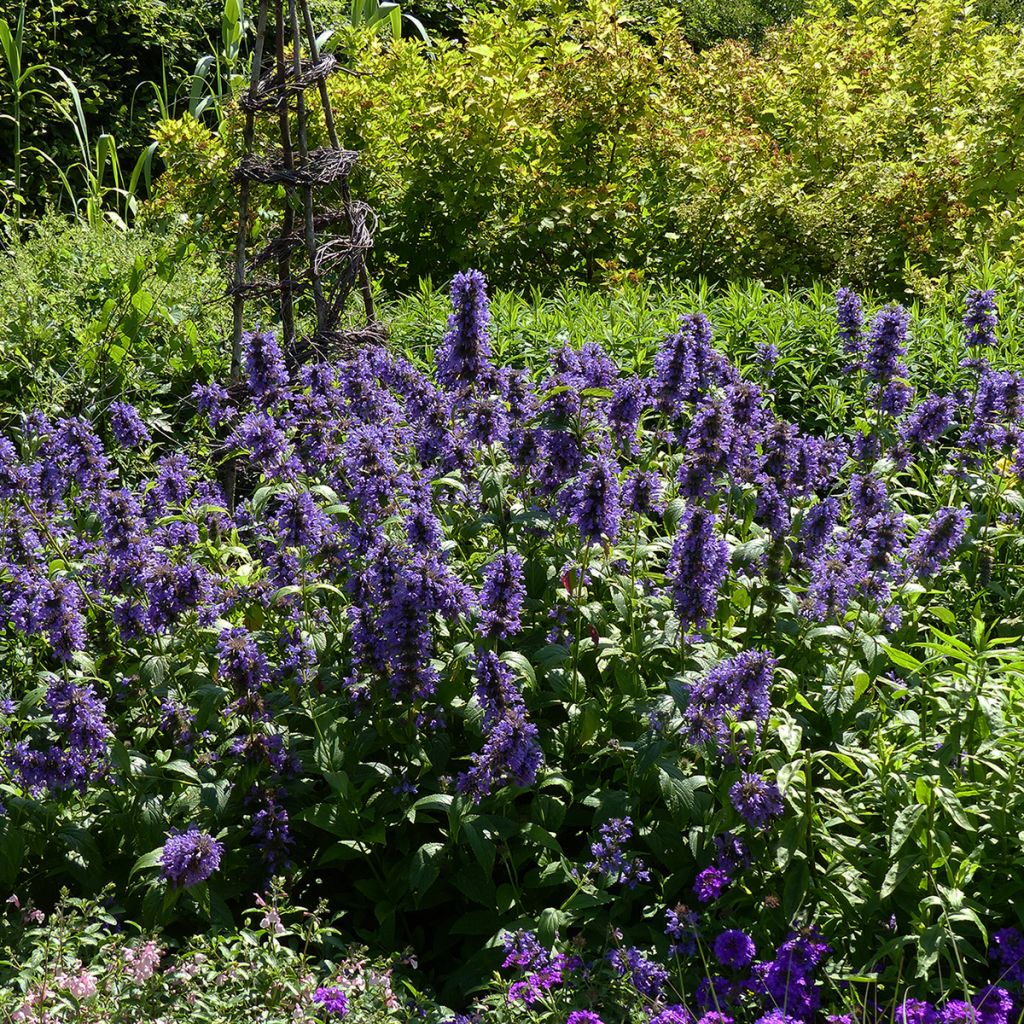

Nepeta kubanica - Catnip
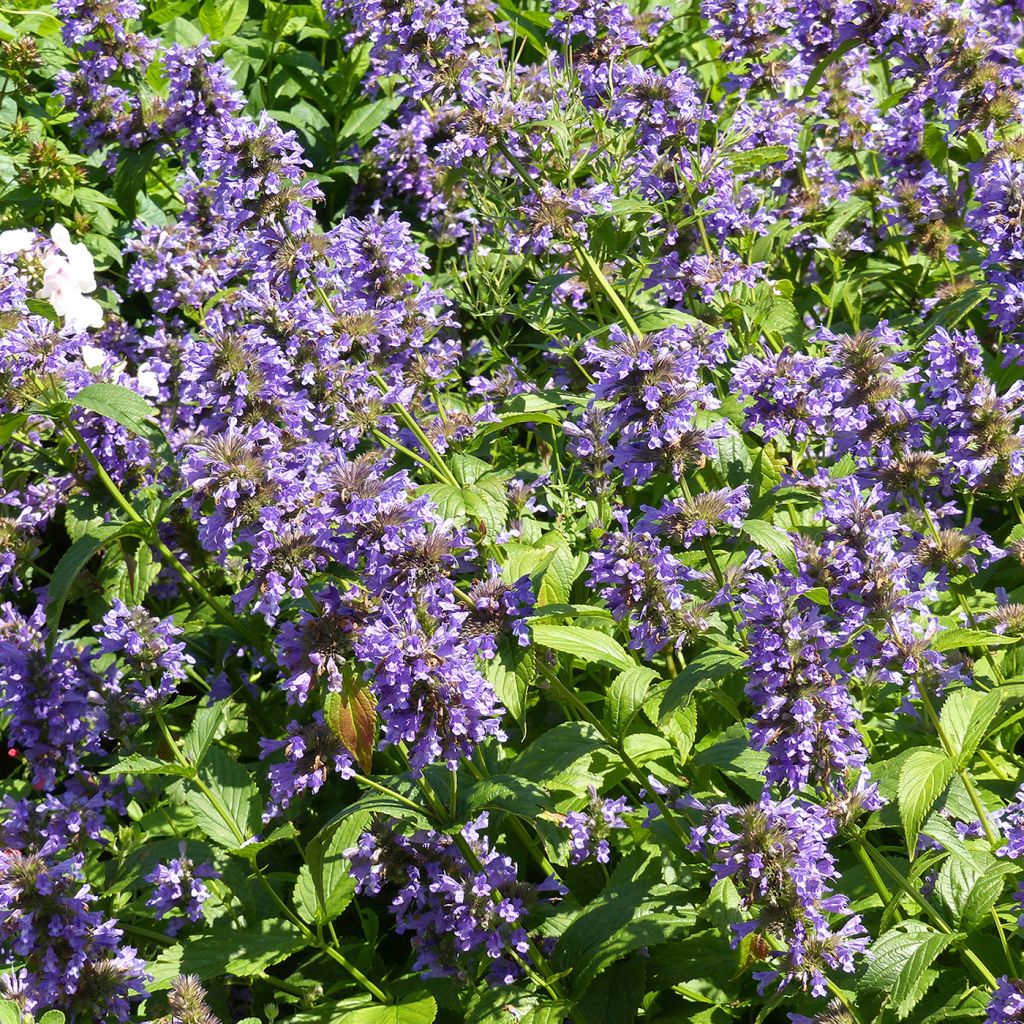

Nepeta kubanica - Catnip
Nepeta kubanica - Catnip
Nepeta kubanica
Large-flowered Catmint
2 buckets arrived with no visible plants but with a note explaining this was normal. I waited a few days, and sure enough, the plants emerged and are growing quite quickly. To be continued...
Fabienne, 31/03/2025
Special offer!
Receive a €20 voucher for any order over €90 (excluding delivery costs, credit notes, and plastic-free options)!
1- Add your favorite plants to your cart.
2- Once you have reached €90, confirm your order (you can even choose the delivery date!).
3- As soon as your order is shipped, you will receive an email containing your voucher code, valid for 3 months (90 days).
Your voucher is unique and can only be used once, for any order with a minimum value of €20, excluding delivery costs.
Can be combined with other current offers, non-divisible and non-refundable.
Home or relay delivery (depending on size and destination)
Schedule delivery date,
and select date in basket
This plant carries a 12 months recovery warranty
More information
We guarantee the quality of our plants for a full growing cycle, and will replace at our expense any plant that fails to recover under normal climatic and planting conditions.
Does this plant fit my garden?
Set up your Plantfit profile →
Description
Nepeta kubanica is a wild botanical species native to Moldova which is still rare in cultivation. It resembles Nepeta subsessilis but its growth is sturdier and its foliage finer. This robust perennial forms a dense dark green bush and produces beautiful dark blue-violet spikes of flowers all summer long, which fade to a reddish-purple. It is a large nepeta that loves sun and well-drained soils. This beautiful plant is very hardy and heat-tolerant and should be planted in all of our gardens.
Nepeta kubanica belongs to the lamiaceae family, like mints and salvias. It originates from the Caucasus, particularly from Moldova, Russia and Dagestan. This perennial forms an erect, dense and bushy clump 80 cm (32in) to 1 m (3ft) high, with a spread of at least 50 cm (20in), which spreads through its rhizomes. Flowering occurs from June to September, sometimes until October. The long, tubular, dark blue flowers are grouped in spikes, measure 3 cm (1in) long and attract a large number of bees and butterflies. The deciduous foliage is dark green and slightly aromatic. The leaves are ovate, dentate and smooth, 6 to 9 cm (2 to 4in) long. It is one of the tallest species and one of the best at withstanding cold, and relatively hot and dry summers. After flowering, the entire upper part of the plant becomes purple, the floral stems and spikes covered with bristly seeds and the leaves at the top of the bush.
Nepeta kubanica is easy to grow in well-drained soil and has a bright future. It prefers sunny situations but does not mind the soil type. Nepeta kubanica can be planted in beds, on large slopes or even in pots. Associate it with large roses for a romantic atmosphere or with yellow-flowered perennials (Rudbeckia, daylilies, California poppies) for a contrasting look. It also pairs very well with euphorbia and ornamental garlic (Allium sphaerocephalon, A. amethystinum).
Nepeta kubanica - Catnip in pictures


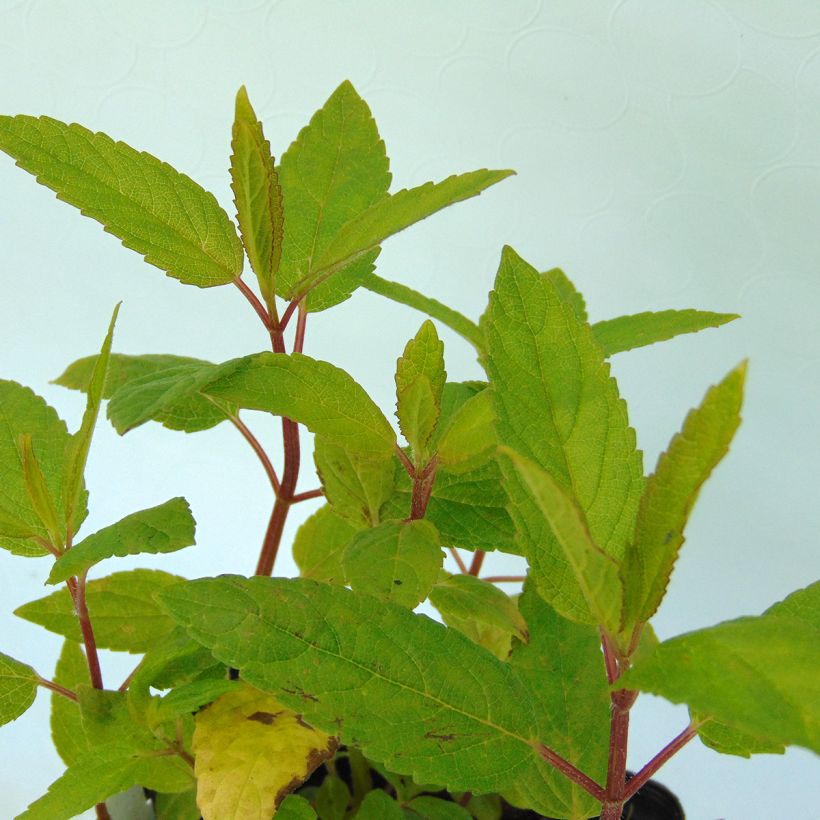

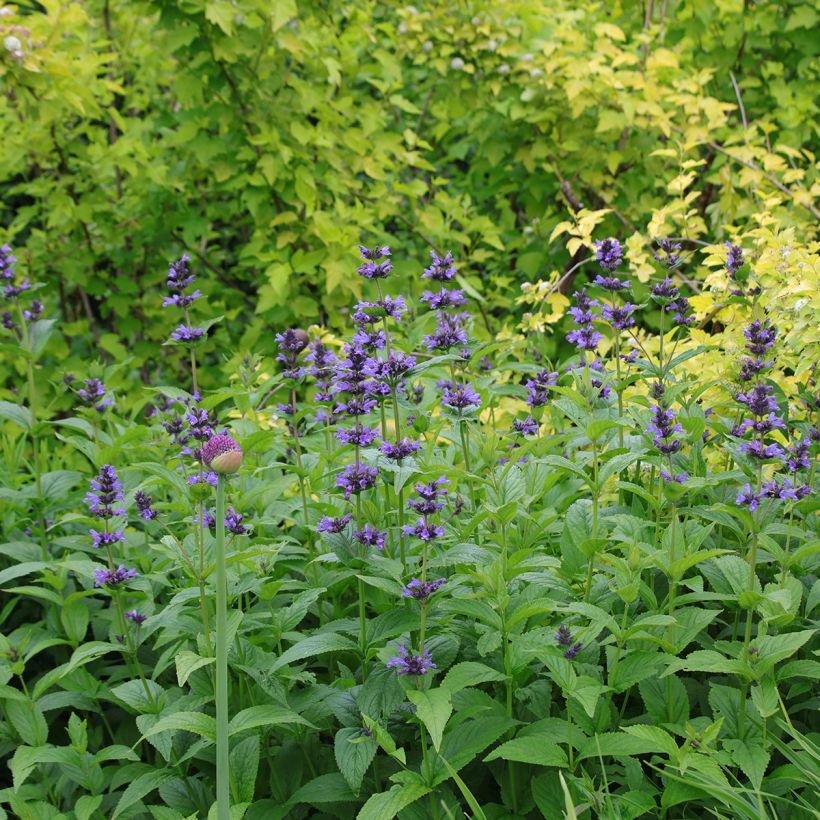

Flowering
Foliage
Plant habit
Botanical data
Nepeta
kubanica
Lamiaceae
Large-flowered Catmint
Cultivar or hybrid
Other Nepeta - Catnip
View all →Planting and care
Nepeta kubanica prefers deep but light, well-drained soils and a very sunny spot. This very hardy plant can die in winter in compact and waterlogged soil. In heavy soil, slightly raise the plant in a rock garden, above a wall or in a raised bed with soil enriched with draining materials (coarse sand, gravel). Remove faded flowers to prevent self-seeding. Clean the plant at the end of winter, before the start of new growth.
Planting period
Intended location
Care
Planting & care advice
-
, onOrder confirmed
Reply from on Promesse de fleurs
Similar products
Haven't found what you were looking for?
Hardiness is the lowest winter temperature a plant can endure without suffering serious damage or even dying. However, hardiness is affected by location (a sheltered area, such as a patio), protection (winter cover) and soil type (hardiness is improved by well-drained soil).

Photo Sharing Terms & Conditions
In order to encourage gardeners to interact and share their experiences, Promesse de fleurs offers various media enabling content to be uploaded onto its Site - in particular via the ‘Photo sharing’ module.
The User agrees to refrain from:
- Posting any content that is illegal, prejudicial, insulting, racist, inciteful to hatred, revisionist, contrary to public decency, that infringes on privacy or on the privacy rights of third parties, in particular the publicity rights of persons and goods, intellectual property rights, or the right to privacy.
- Submitting content on behalf of a third party;
- Impersonate the identity of a third party and/or publish any personal information about a third party;
In general, the User undertakes to refrain from any unethical behaviour.
All Content (in particular text, comments, files, images, photos, videos, creative works, etc.), which may be subject to property or intellectual property rights, image or other private rights, shall remain the property of the User, subject to the limited rights granted by the terms of the licence granted by Promesse de fleurs as stated below. Users are at liberty to publish or not to publish such Content on the Site, notably via the ‘Photo Sharing’ facility, and accept that this Content shall be made public and freely accessible, notably on the Internet.
Users further acknowledge, undertake to have ,and guarantee that they hold all necessary rights and permissions to publish such material on the Site, in particular with regard to the legislation in force pertaining to any privacy, property, intellectual property, image, or contractual rights, or rights of any other nature. By publishing such Content on the Site, Users acknowledge accepting full liability as publishers of the Content within the meaning of the law, and grant Promesse de fleurs, free of charge, an inclusive, worldwide licence for the said Content for the entire duration of its publication, including all reproduction, representation, up/downloading, displaying, performing, transmission, and storage rights.
Users also grant permission for their name to be linked to the Content and accept that this link may not always be made available.
By engaging in posting material, Users consent to their Content becoming automatically accessible on the Internet, in particular on other sites and/or blogs and/or web pages of the Promesse de fleurs site, including in particular social pages and the Promesse de fleurs catalogue.
Users may secure the removal of entrusted content free of charge by issuing a simple request via our contact form.
The flowering period indicated on our website applies to countries and regions located in USDA zone 8 (France, the United Kingdom, Ireland, the Netherlands, etc.)
It will vary according to where you live:
- In zones 9 to 10 (Italy, Spain, Greece, etc.), flowering will occur about 2 to 4 weeks earlier.
- In zones 6 to 7 (Germany, Poland, Slovenia, and lower mountainous regions), flowering will be delayed by 2 to 3 weeks.
- In zone 5 (Central Europe, Scandinavia), blooming will be delayed by 3 to 5 weeks.
In temperate climates, pruning of spring-flowering shrubs (forsythia, spireas, etc.) should be done just after flowering.
Pruning of summer-flowering shrubs (Indian Lilac, Perovskia, etc.) can be done in winter or spring.
In cold regions as well as with frost-sensitive plants, avoid pruning too early when severe frosts may still occur.
The planting period indicated on our website applies to countries and regions located in USDA zone 8 (France, United Kingdom, Ireland, Netherlands).
It will vary according to where you live:
- In Mediterranean zones (Marseille, Madrid, Milan, etc.), autumn and winter are the best planting periods.
- In continental zones (Strasbourg, Munich, Vienna, etc.), delay planting by 2 to 3 weeks in spring and bring it forward by 2 to 4 weeks in autumn.
- In mountainous regions (the Alps, Pyrenees, Carpathians, etc.), it is best to plant in late spring (May-June) or late summer (August-September).
The harvesting period indicated on our website applies to countries and regions in USDA zone 8 (France, England, Ireland, the Netherlands).
In colder areas (Scandinavia, Poland, Austria...) fruit and vegetable harvests are likely to be delayed by 3-4 weeks.
In warmer areas (Italy, Spain, Greece, etc.), harvesting will probably take place earlier, depending on weather conditions.
The sowing periods indicated on our website apply to countries and regions within USDA Zone 8 (France, UK, Ireland, Netherlands).
In colder areas (Scandinavia, Poland, Austria...), delay any outdoor sowing by 3-4 weeks, or sow under glass.
In warmer climes (Italy, Spain, Greece, etc.), bring outdoor sowing forward by a few weeks.






























